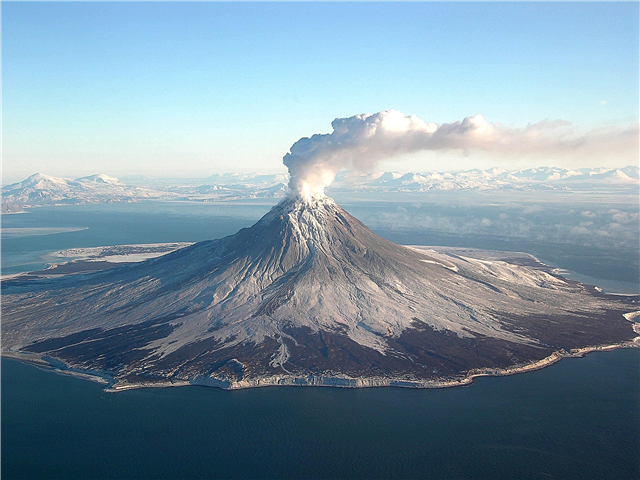
Every person’s memory probably contains fragments of knowledge gained at school about chemical elements. What is a chemical element, what are its features and how many total elements are open?
Chemical element and periodic table
A chemical element is a collection of atoms whose nuclei have the same charge. Each element has its own name in Latin and a unique symbol. Various rules regarding the activities of scientists in this field are regulated by the international organization IUPAC (International Union of Theoretical and Applied Chemistry).
They are systematized in the Periodic system of chemical elements - the periodic table. Dmitry Mendeleev, an outstanding Russian scientist, worked on its development in 1869-1871.

The discovery of the periodic law is precisely his merit. The essence of this law is that the properties of elements have a periodic dependence on their atomic weight, as well as the properties of the bodies that these elements form.
The periodic table is presented in three forms - short, long and extra long. The main option is a long or long-period variation. It is she who is portrayed in modern educational literature. In general, the table displays all open chemical elements, their belonging to periods, groups, as well as additional properties.
How to discover new chemical elements?
In 2019, the periodic table turned 150 years old.Its first version contained only 63 elements. As of the beginning of 2020, scientists have officially discovered 118 chemical elementswhich have the corresponding serial numbers from 1 to 118. At the same time, 94 elements are of natural origin, and another 24 are discovered artificially - by means of nuclear reactions.
Interesting fact: The last 118 chemical element, officially discovered and confirmed on November 28, 2016, is called Oganeson in honor of Yuri Hovhannisyan, the famous academician. This is the second element, named after the living person (the first is the Seaborgium).
Scientists used to discover elements by discovering them in nature. For this, various minerals were investigated, and they were divided into separate components. But they cannot be in infinite quantities - after uranium, subsequent discoveries are made only by synthetic means.
How exactly is the process of opening a new element? In simple terms, a fusion reaction of two nuclei occurs. One core acts as a "target", and the second as an attacking particle. Visually, this can be represented as a drop of liquid that vibrates and, as a result, is divided into two drops - a new element is formed.
The difficulty lies in the fact that some elements can exist for a long time, while others disintegrate in literally minutes. This makes it difficult to study and discover new elements. Scientists are also trying to create heavy elements, which in practice is even more challenging.
In the current version of the table, elements 104-118 are superheavy.This means that they have significant atomic mass. No elements heavier than uranium were found - all subsequent ones are formed only artificially. Currently, scientists are actively searching for elements numbered 119 and 120.

The main goal is to understand how large the table can be, and what forces make such heavy atoms stick together. Superheavy elements open by combining two lungs. According to this scheme, elements 113, 115, 117 and 118 were discovered.
Interesting fact: Scientists suggest the presence of some elements, but they have not yet been officially discovered. Such elements receive a temporary name (with the prefix Un- or Un- in Russian) and the serial number in the table in accordance with the expected atomic mass. For example, 119 - Ununneny, 120 - Unbiniliy, etc.
Such studies occur only in a few laboratories located in different countries of the world. There is such a specialized facility in Russia. The main Russian scientific center in this area is the Joint Institute for Nuclear Research, located in the technopolis of Dubna (Moscow Region).
It is here that over the past 20 years 5 elements have been artificially created - from 114 to 118. Also, a Factory of Superheavy Elements is being created in Dubna - an installation that should simplify the synthesis.

As of the beginning of 2020, 118 chemical elements were officially confirmed and entered in the periodic table. The last 118th element, Oganeson, was synthesized and approved in 2016. Named after Academician Hovhannisyan, who made a significant contribution to experimental nuclear physics. In modern science, the discovery of new elements is a complex and lengthy process. New elements are created artificially.Scientists are actively working on the search for 119 and 120 elements of the Periodic system.












